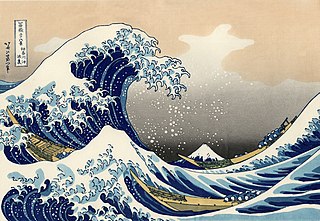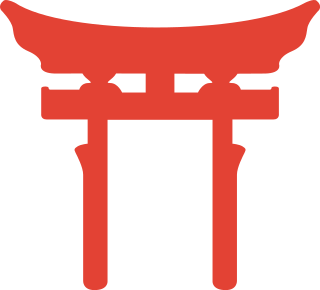| Ittatsu-ryū (一達流) | |
|---|---|
| Ko-ryū | |
| Foundation | |
| Founder | Matsuzaki Kinuemon Tsunekatsu (fl. c.17th century) |
| Date founded | c.17th century |
| Period founded | Mid-to-late Edo period |
| Current information | |
| Current headmaster | No single headmaster |
| Arts taught | |
| Art | Description |
| Hojōjutsu | Rope-tying art |
| Descendant schools | |
| Shintō Musō-ryū | |
Ittatsu-ryū(一達流) is a traditional school ( koryū ) of the Japanese martial art of hojōjutsu . Today, Ittatsu-ryū has been assimilated into the traditional school of Shintō Musō-ryū. This particular school of hojōjutsu was created in the late 17th century by Matsuzaki Kinueimon Shigekatsu, the third Shintō Musō-ryū headmaster. [1] The modern Ittatsu-ryū system comprises 24 training-forms ( kata ), grouped into 3 different series. [1]

Hojōjutsu (捕縄術), or Torinawajutsu (捕縄術), or just Nawajutsu (縄術), is the traditional Japanese martial art of restraining a person using cord or rope. Encompassing many different materials, techniques and methods from many different schools, Hojōjutsu is a quintessentially Japanese art that is a unique product of Japanese history and culture.

Shintō Musō-ryū, or Shindō Musō-ryū (神道夢想流), most commonly known by its practice of jōdō, is a traditional school (koryū) of the Japanese martial art of jōjutsu, or the art of wielding the short staff (jō). The technical purpose of the art is to learn how to defeat a swordsman in combat using the jō, with an emphasis on proper combative distance, timing and concentration. The system includes teachings of other weapon systems which are contained in Shintō Musō-ryū as auxiliary arts. The school is sometimes abbreviated as SMR.

Kata, a Japanese word, meaning literally: "form", is a detailed choreographed pattern of movements made to be practiced alone, but are also practiced within groups and in unison when training. It is practiced as a way to memorize and perfect the movement being executed. There are many professions which use the term Kata, but Kata as a term is known generally by the Martial Arts world, and typically reserved for Japanese empty hand combat systems. Traditional Korean Karate, called uses the term Kata and some Tang Soo Do schools do not, which is brought on by the memory of the Japanese and Korean war, where in at that time traditional Korean Karate was introduced.
















